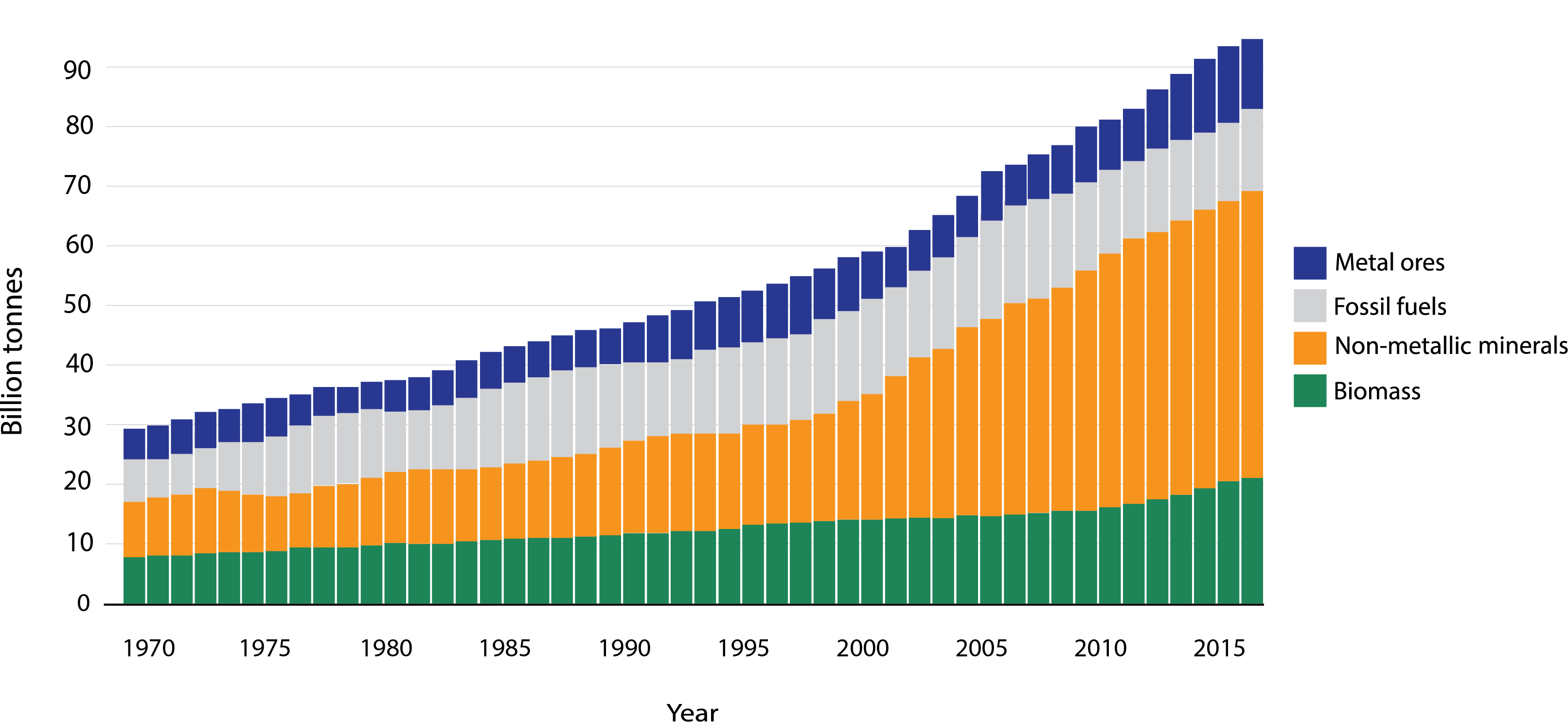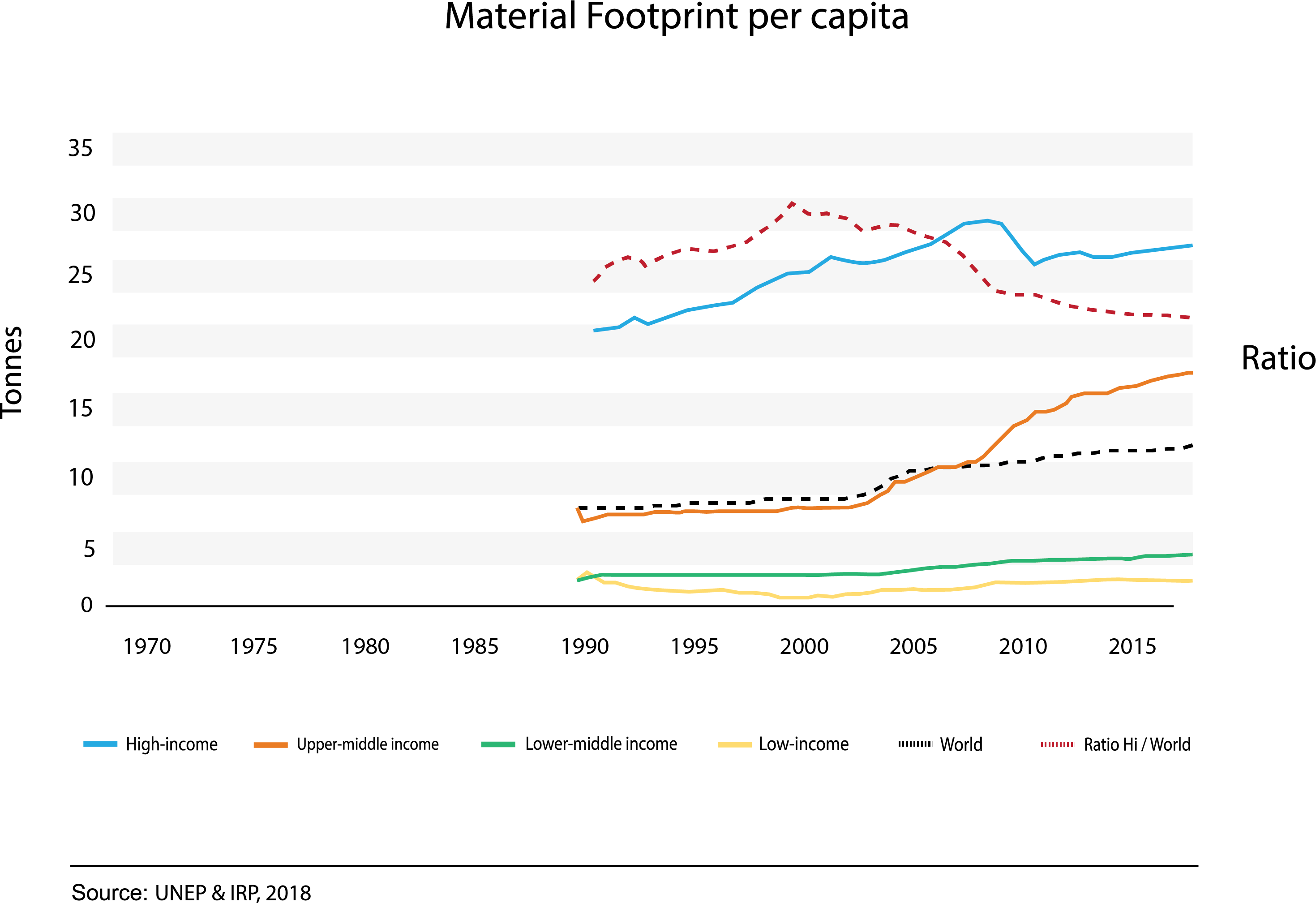“A sustainable lifestyles approach is not a one size fits all approach – it is a mentality and a filter that should be applied differently within different contexts.”
The Sustainable Lifestyles Education Hub aims to provide users with Learning pathways into exploring and understanding the topics and themes of sustainable lifestyles. The portal introduces users to the pertinent issues related to sustainable lifestyles; explores how our daily activities have direct connections with achieving sustainable development; and shares many resources that may be used to dive deeper into these topics.
The challenge ahead
Understanding what contributes to creating sustainable lifestyles is not an easy task. There are many factors that influence the sustainability of our daily practices and there are several criteria that must be taken into account. Not least, a sustainable lifestyle must be:
- Environmentally responsible
- Socially just
- Economically fair
- Ethically based
- Resource efficient
- Maintainable for future generations
- Resilient, adaptive and future proofed
While increasing fossil fuel usage and its resulting carbon emissions often overshadows other forms of material consumption, the environmental impacts and habit destruction caused from the harvesting and extraction of these other resources has devastating impacts on the planet’s ecosystems and biodiversity.
In a world of finite resources and planetary boundaries, this growing need for material consumption is a key factor that must be addressed if we are to achieve a more sustainable path to development (see SDG 12).

More consumption does not mean more for all
While levels of material consumption has increased dramatically, the inequalities in access to basic resources have also significantly intensified. On average, the richest countries consume 10 times as much resources per capita as do the poorest countries. In fact, the material consumption level in the lowest income countries has not significantly changed over the past 30 years.
Reference: based on slide 18 in “Contribution of the 3Rs to achieving the Sustainable Development Goals – Science and Policy for the 2030 Sustainable Development Agenda”
Below: Material footprint per capita by four national income bands with World average, 1970-2017 and ratio of high-income group to world total.

Page 52, figure 2.25

